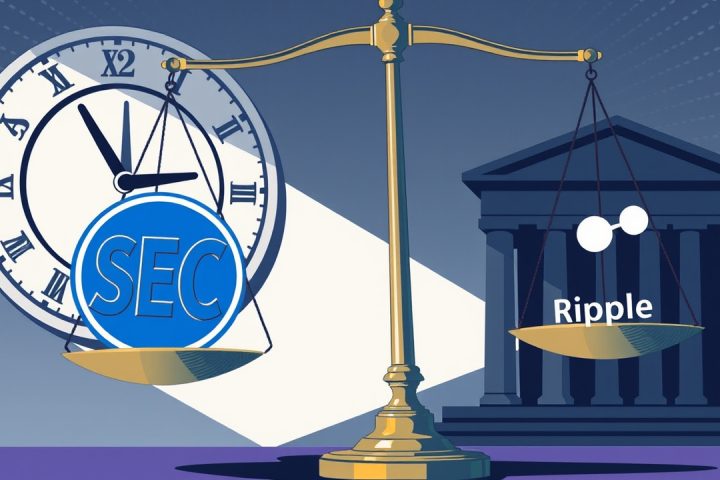Skepticism Surrounding the Digital Ruble
A prominent economist from Russia has expressed skepticism regarding the anticipated launch of the country’s Central Bank Digital Currency (CBDC), known as the digital ruble. Originally scheduled for a national debut on July 1, 2025, the rollout has now been indefinitely postponed by the Central Bank, leaving many to wonder about its future.
Expert Insights on Implementation Timeline
According to Alexey Voylukov, an expert in digital finance at the Presidential Academy in Moscow, the timeframe for the digital ruble could stretch as far as 2027 before a widespread implementation takes place. He has suggested that while there is a possibility for a select group of consumers to start using the digital currency in stores by late 2026, a nationwide adoption remains unlikely until 2027, which he considers a more feasible scenario.
Confusion Amid Statements from Government Officials
His remarks add to the confusion that has arisen following earlier statements from the Russian Finance Ministry, which claimed that the digital currency was nearing readiness for launch, even suggesting it might be available by next year.
Finance Minister Anton Siluanov highlighted plans for the token’s application within the commercial banking sector throughout 2025, and revealed that significant banks like Sberbank and T-Bank have been involved in testing its functionalities.
Public Skepticism and Central Bank Assurances
Despite the Central Bank Governor Elvira Nabiullina’s ongoing support for the digital currency, major doubts persist within the banking community as well as among the general public. Many Russians have expressed hesitations regarding the digital currency, prompting the Central Bank to assure citizens that participation in the digital ruble will not be mandatory.
Challenges of Public Acceptance
Voylukov noted that public acceptance of the digital ruble faces challenges, particularly in the context of internet accessibility, which, although at 88% nationally, is unevenly distributed—higher in urban areas but potentially dropping to 83% in rural regions. In contrast, the People’s Bank of China has addressed such connectivity hurdles by implementing offline digital wallets for its own currency. To date, Russia has yet to explore similar initiatives, but could look to China for guidance as both countries continue to seek greater financial cooperation.
Conclusion: The Future of the Digital Ruble
Voylukov concluded by suggesting that the digital ruble may attract interest primarily from users already familiar with digital payment solutions like QR codes. In summary, while the rollout of Russia’s digital ruble is mired in uncertainty with the latest expert predictions pushing the timeline back to 2027, both public acceptance and technical implementations will play critical roles in its potential adoption.




